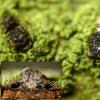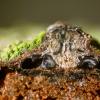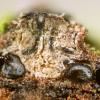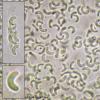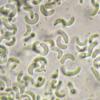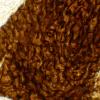
03-03-2014 15:52
Bonjour à tous,Une autre trouvaille de la réserv

27-02-2014 09:31
Garrido-Benavent IsaacDear all,Has anybody a picture or description of t

02-03-2014 21:31
 Chris Yeates
Chris Yeates
Bonsoir tousfound yesterday on a decorticated Sali

02-03-2014 19:05
 Edit Szilvásy
Edit Szilvásy
Hello everybody,Yesterday I found this Ascomycetes

02-03-2014 16:05
 Stip Helleman
Stip Helleman
Hi to all,This species was found on Orchid substra

01-03-2014 22:37
Salvador TelloHola.He encontrado estos Ascobolus que no consig

01-03-2014 18:16
Hello,I found this species on salix? Frb max 1,1mm
Valseutypella?
Björn Wergen,
04-03-2014 12:37
 Hi friends,
Hi friends,I have a collection of a dubious pyrenomycete with very short stalked to sessile asci and strongly allantoid spores ("C-spores", like those of Calosphaeria dryina), but with a macroscopical appearance of a Valsa (10-15 very small perithecia of 0,2-0,3mm in a pustulate stroma, which is white inside and blackish outside). There is a rudimental black line between the stroma and the host (Cedrus!, lying on the ground).
Any ideas? The asci are only 25-30x5-6µm, which is very "freaky" in combination with the strong allantoid spores...
Best wishes,
björn

